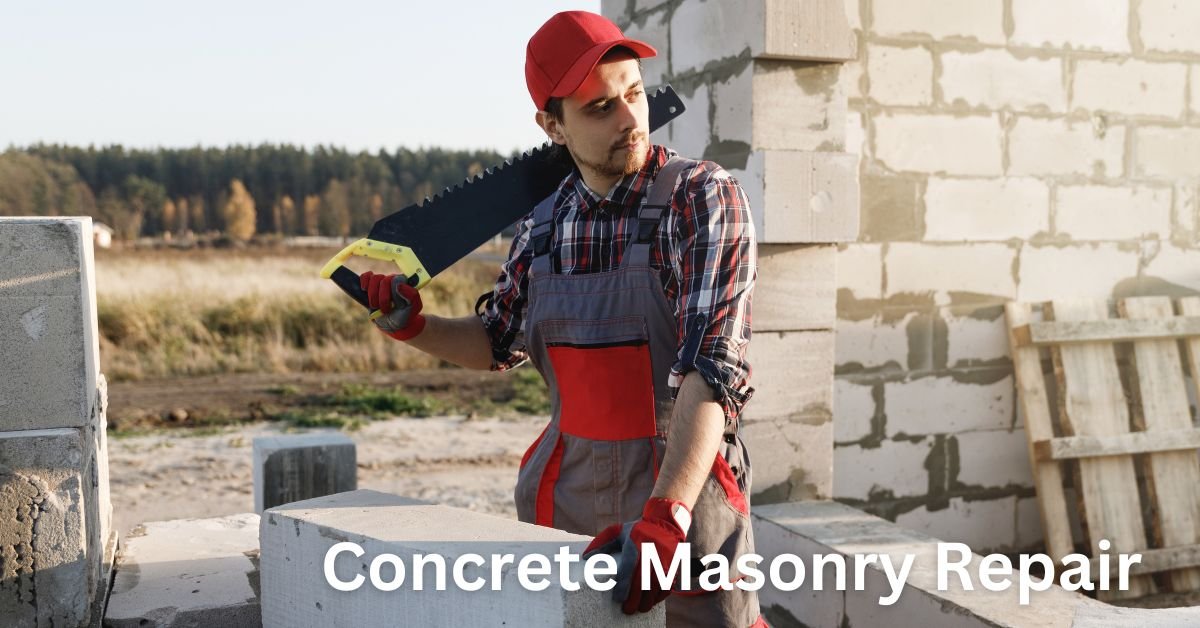Concrete masonry, while durable, can succumb to wear and tear over time. Whether due to environmental factors, structural issues, or simple aging, repairing concrete masonry is essential to maintaining the integrity and aesthetics of structures. In this guide, we’ll delve into the various aspects of concrete masonry repair, from identifying common issues to implementing effective repair techniques.
Understanding Common Problems in Concrete Masonry
Concrete masonry structures can encounter a range of issues, including cracks, spalling, efflorescence, and deterioration. Identifying these problems early on is crucial to preventing further damage and ensuring effective repair.
Cracks in Concrete Masonry
Cracking is a prevalent issue in concrete masonry, stemming from factors such as shrinkage, settlement, or structural overload. Understanding the types of cracks and their causes is essential for determining the appropriate repair method.
Types of Cracks
- Hairline Cracks: Fine cracks that may result from shrinkage or temperature fluctuations.
- Settlement Cracks: Occur due to uneven settling of the foundation or soil beneath the structure.
- Structural Cracks: Caused by overloading or inadequate structural design.
Effective Techniques for Concrete Masonry Repair
Once the issues have been identified, employing suitable repair techniques is crucial for restoring the integrity and functionality of the concrete masonry.
Crack Repair Methods
Repairing cracks in concrete masonry requires meticulous attention to detail and the use of appropriate materials. Common methods include:
Epoxy Injection
Epoxy injection involves filling cracks with epoxy resin to bond and seal them, restoring the structural integrity of the masonry.
Routing and Sealing
Routing enlarges the cracks to create a channel for filling with sealant, ensuring a secure and long-lasting repair.
Preventative Maintenance for Concrete Masonry
In addition to reactive repair measures, proactive maintenance is essential for prolonging the lifespan of concrete masonry structures.
Regular Inspections
Frequent inspections allow for early detection of potential issues, enabling prompt repairs and minimizing damage.
Surface Treatments
Applying sealants and waterproof coatings helps protect concrete masonry from moisture infiltration, reducing the risk of deterioration.
Conclusion
In conclusion, concrete masonry repair is a critical aspect of maintaining the integrity and longevity of structures. By understanding common problems, employing effective repair techniques, and implementing preventative maintenance measures, property owners can ensure the durability and aesthetic appeal of their concrete masonry.
FAQs (Frequently Asked Questions)
1. How can I prevent cracks in concrete masonry?
Regular maintenance, proper installation, and adequate reinforcement can help minimize the occurrence of cracks in concrete masonry.
2. Can I repair concrete masonry myself, or should I hire a professional?
While minor repairs can be DIY projects, complex issues or structural damage should be addressed by experienced professionals to ensure safety and effectiveness.
3. Is it possible to match the repaired area with the existing concrete masonry?
Yes, with proper techniques and materials, skilled professionals can seamlessly blend the repaired area with the surrounding concrete masonry.
4. What is the expected lifespan of repaired concrete masonry?
The lifespan of repaired concrete masonry depends on factors such as the extent of damage, quality of repair work, and ongoing maintenance efforts.
5. How often should I inspect my concrete masonry for damage?
It is recommended to inspect concrete masonry at least twice a year, preferably before and after harsh weather conditions or seismic activity.
